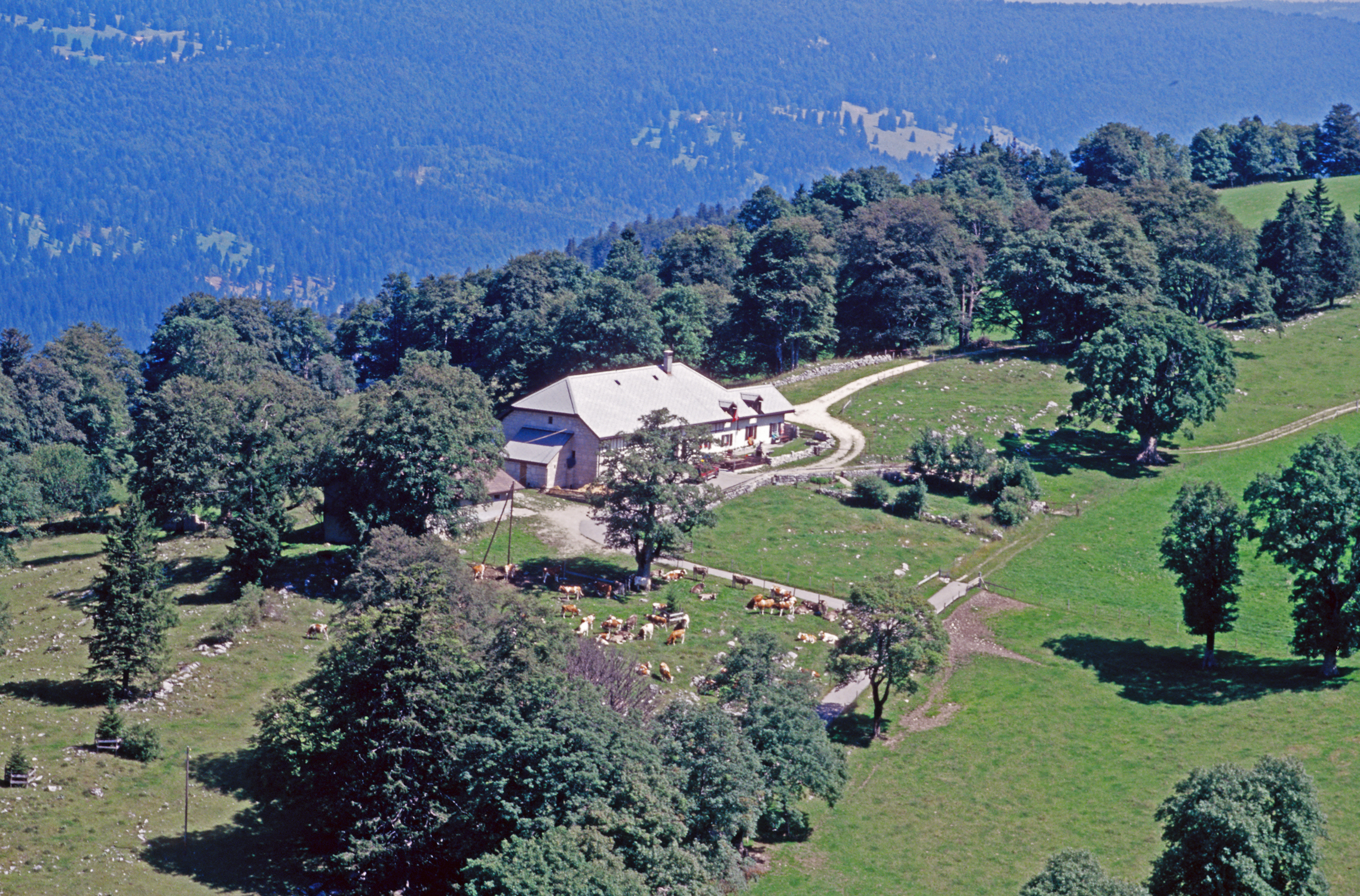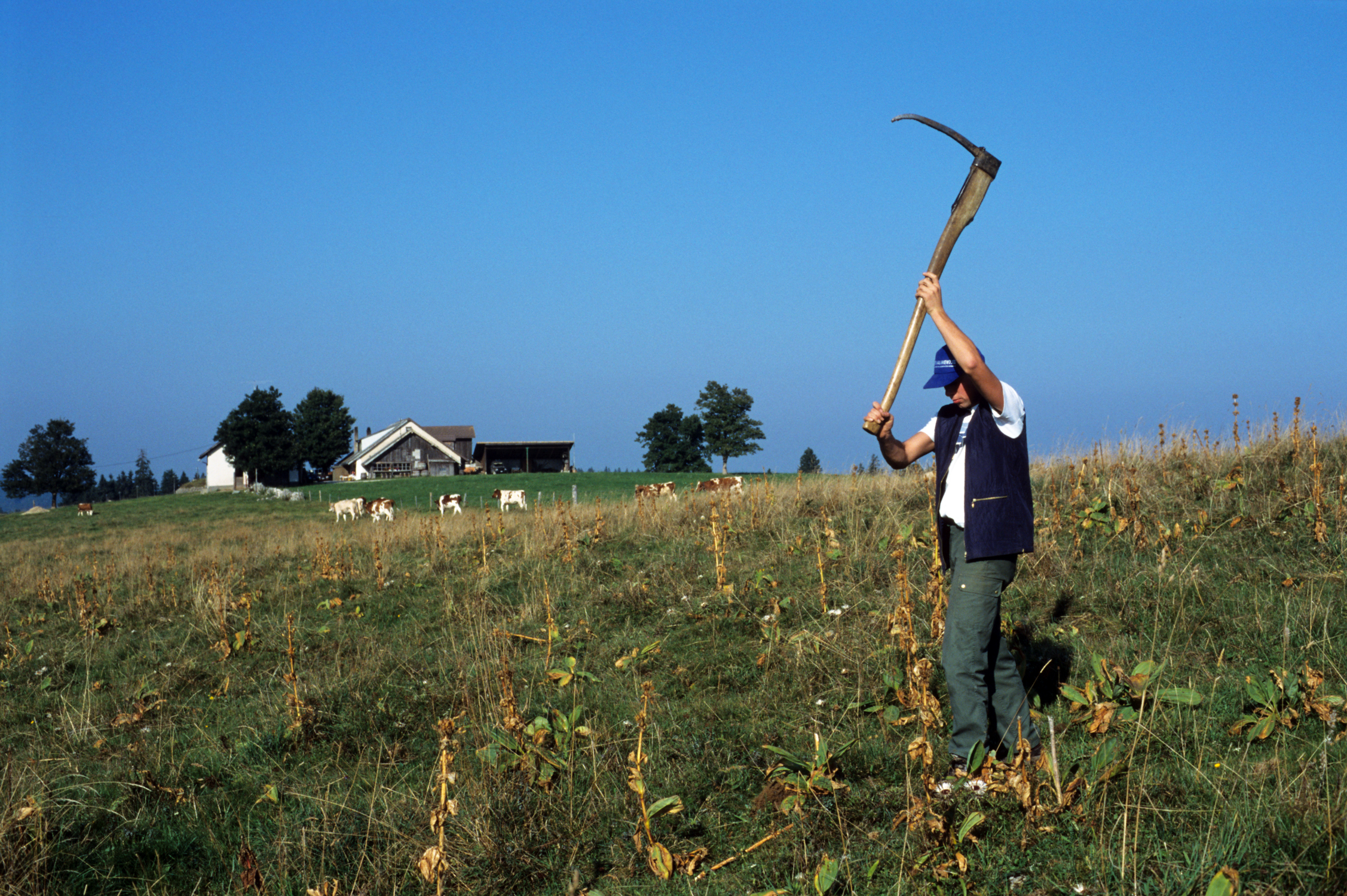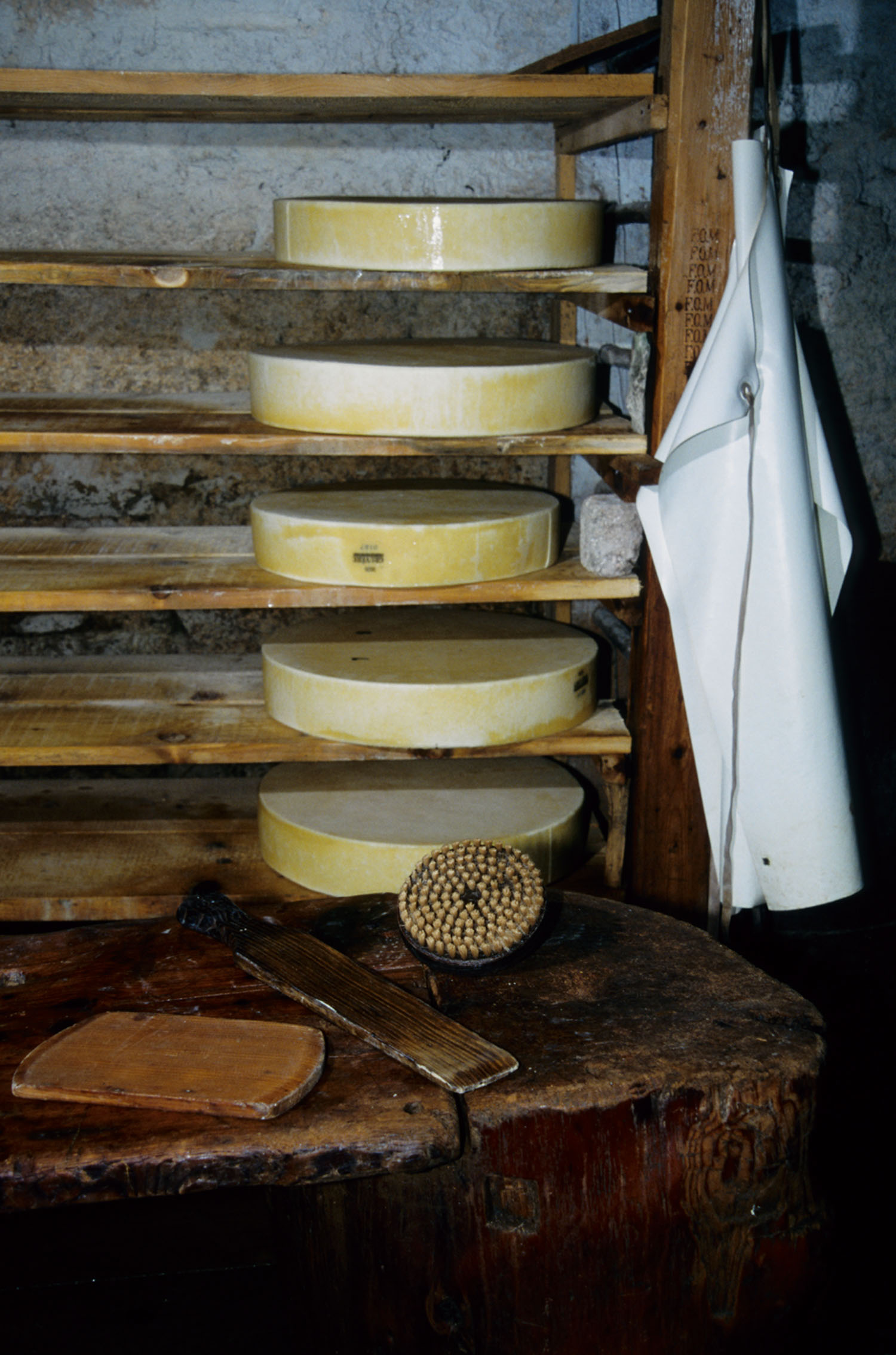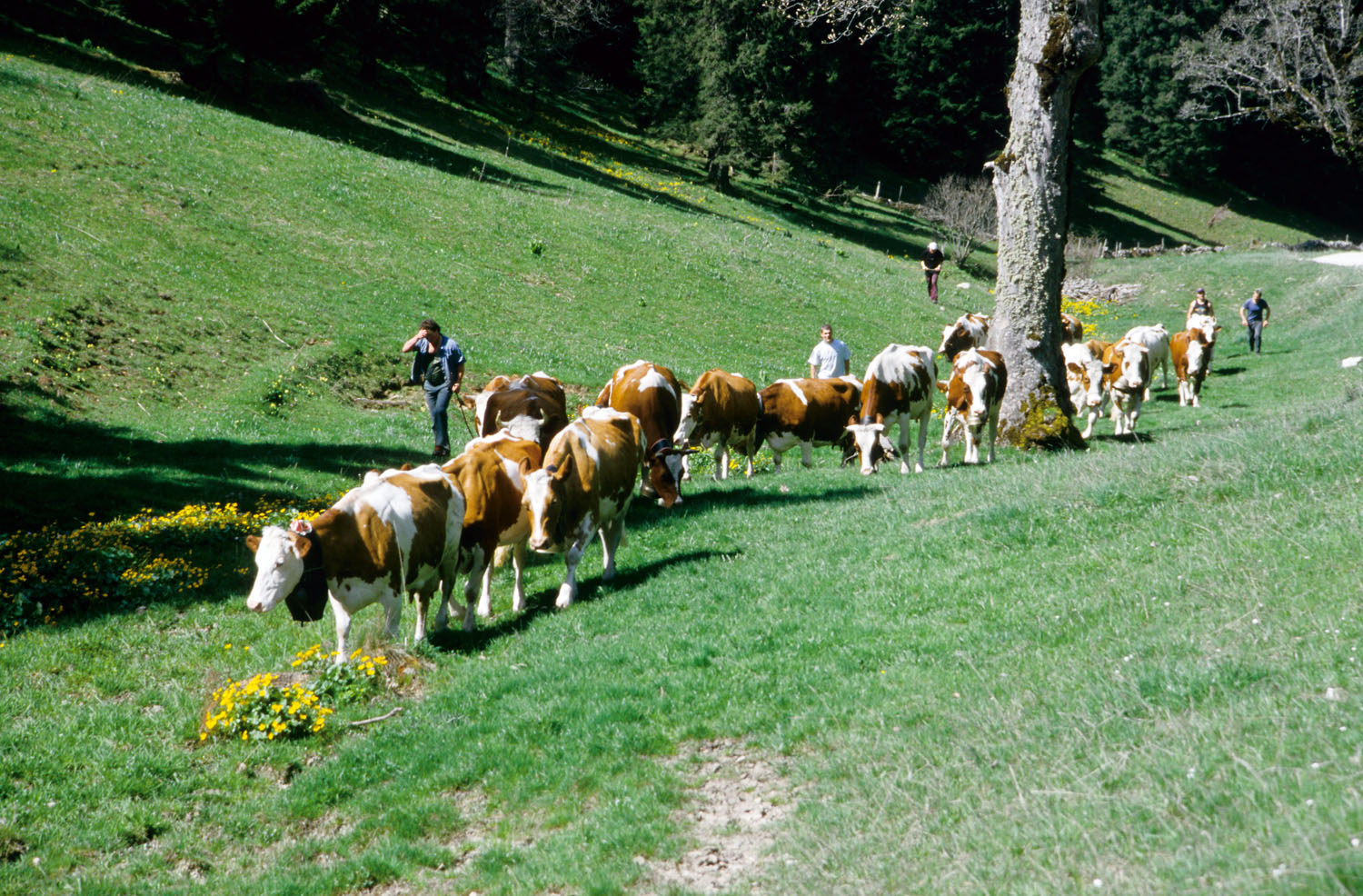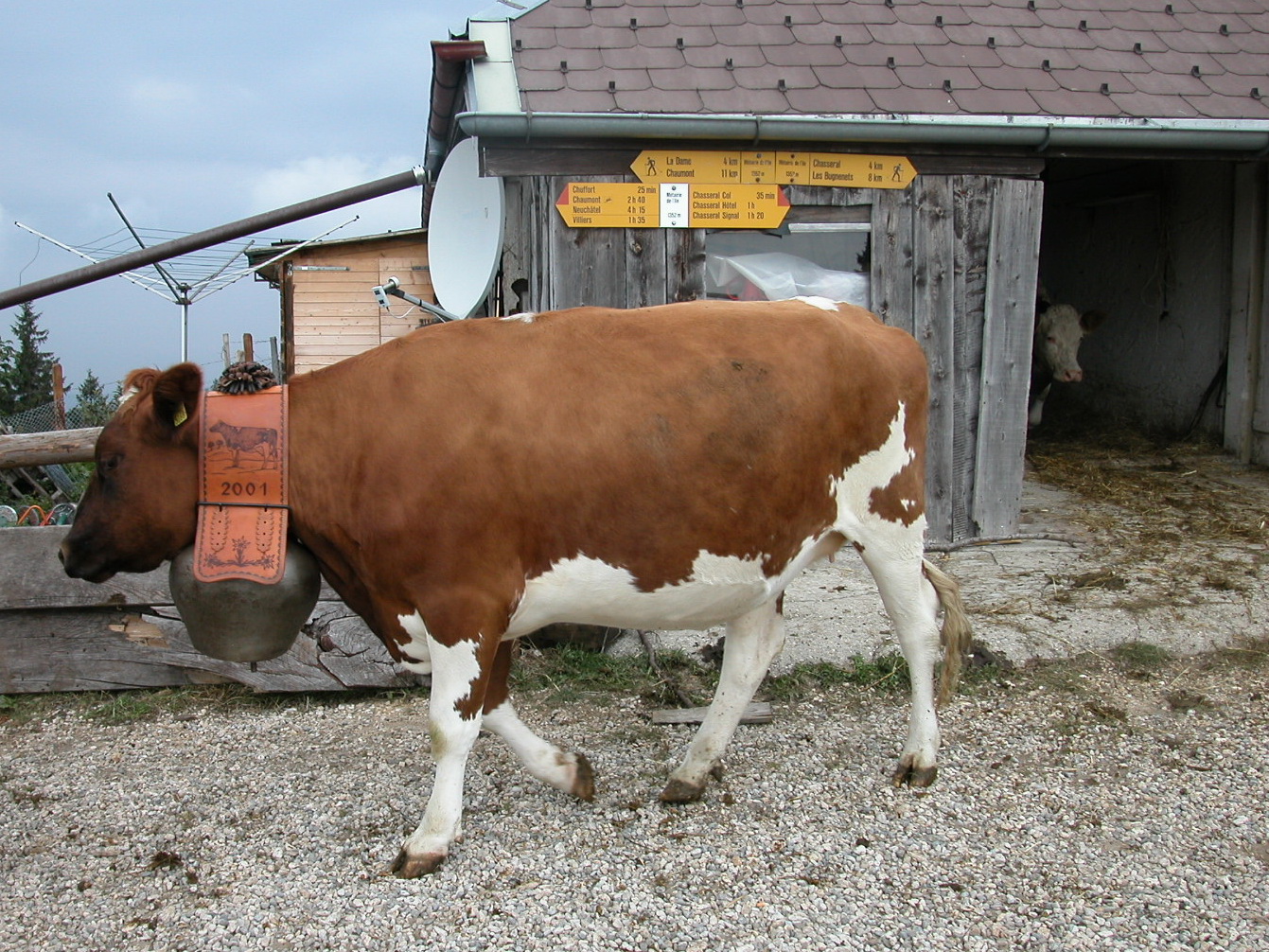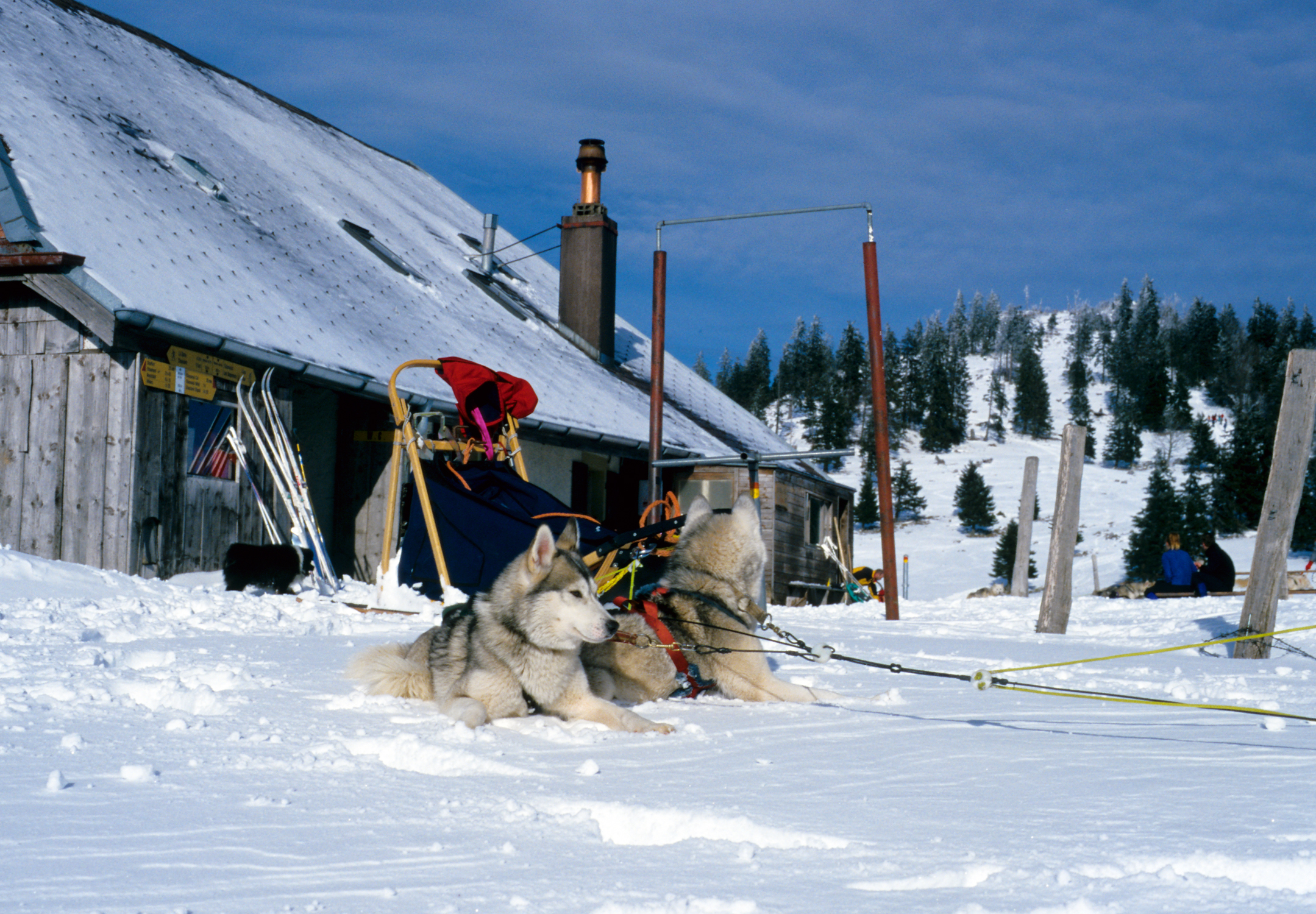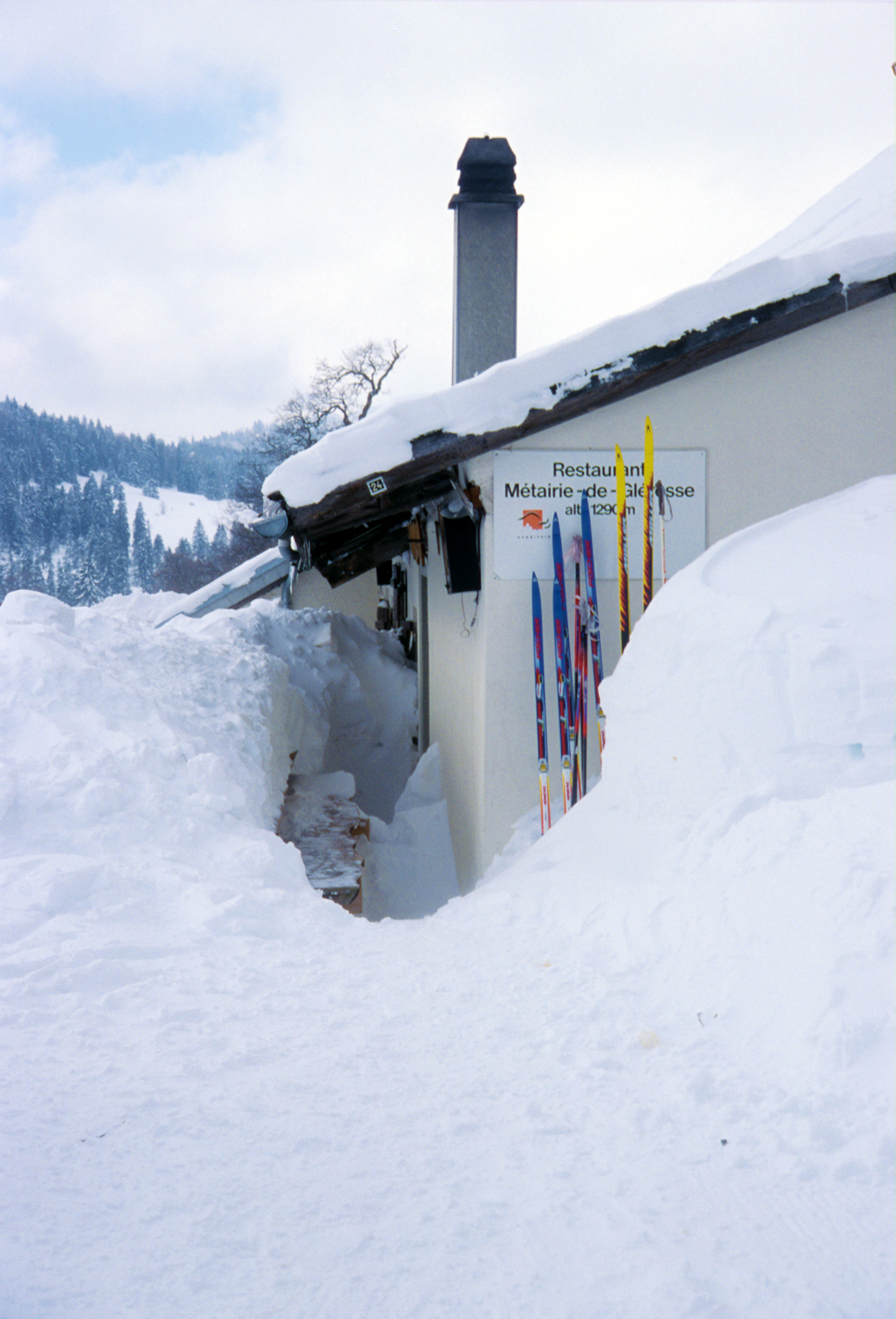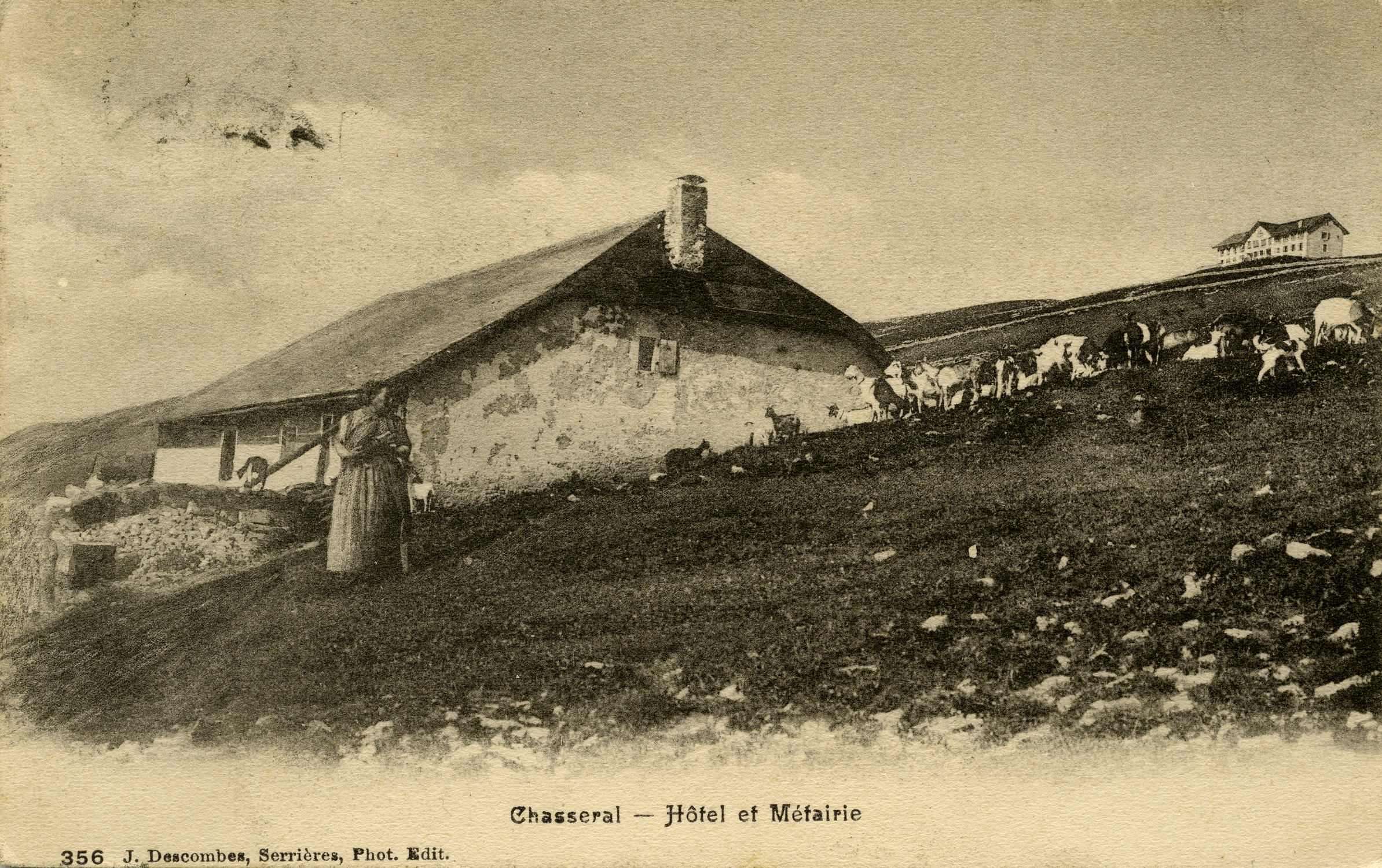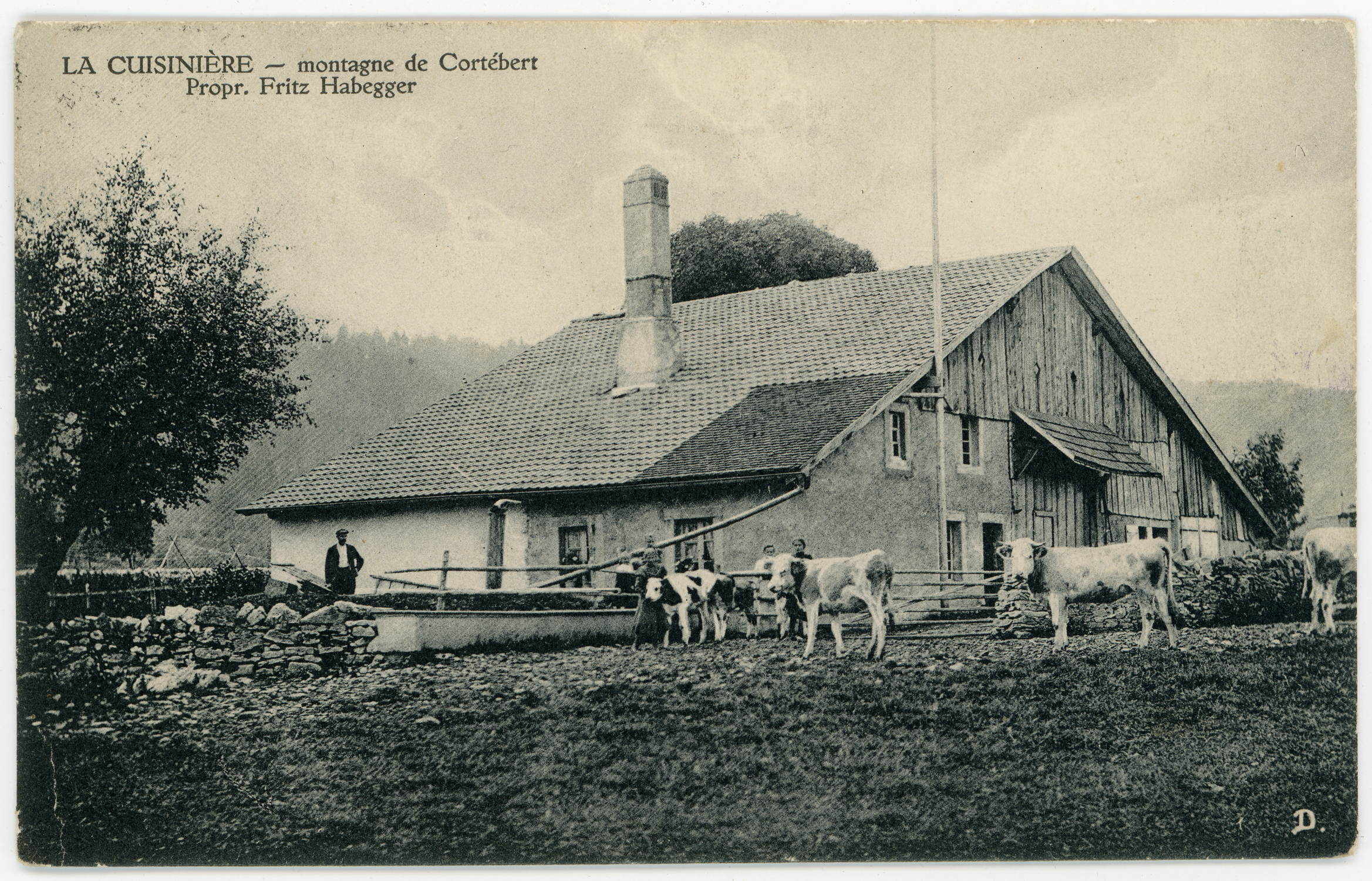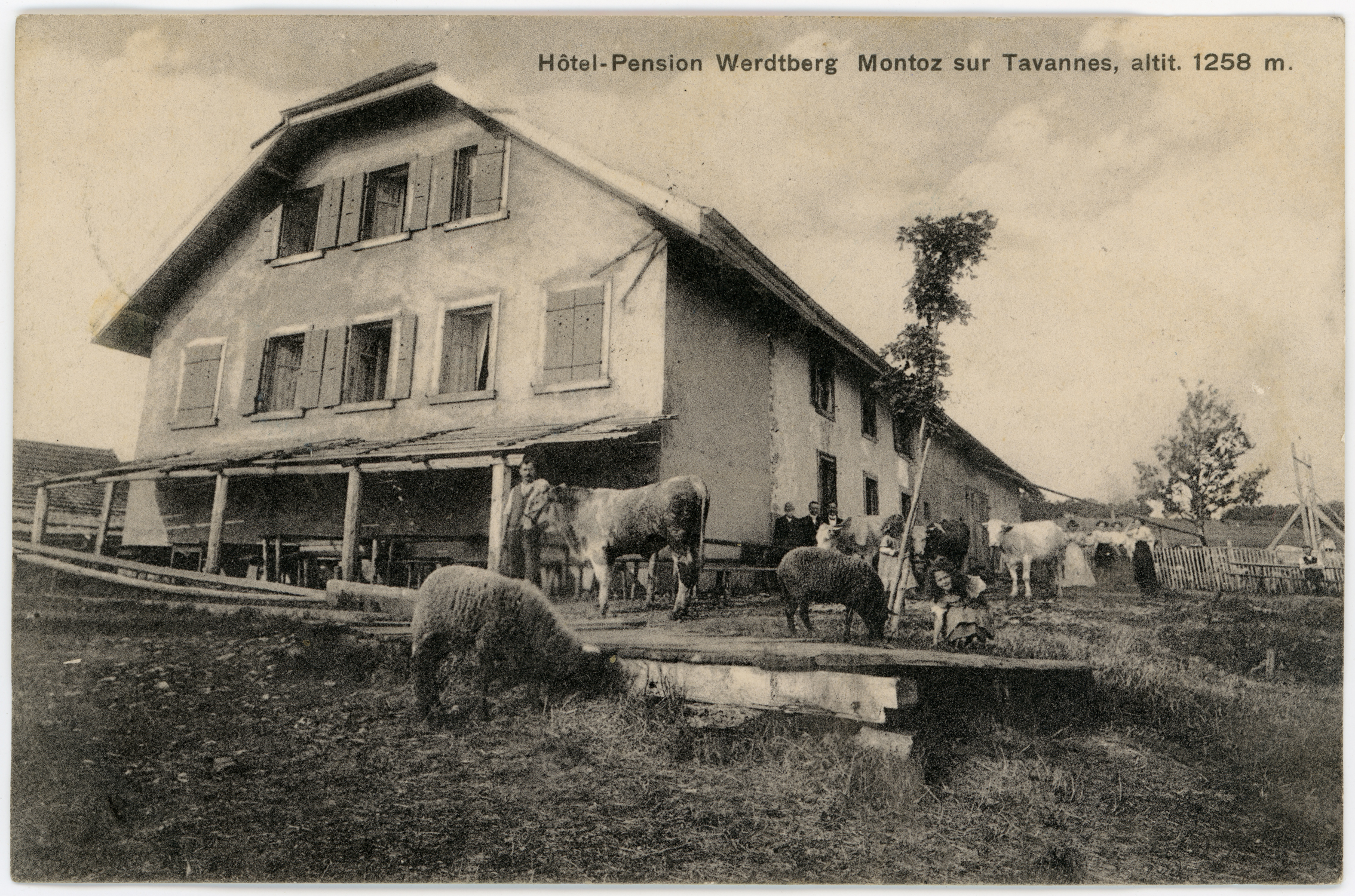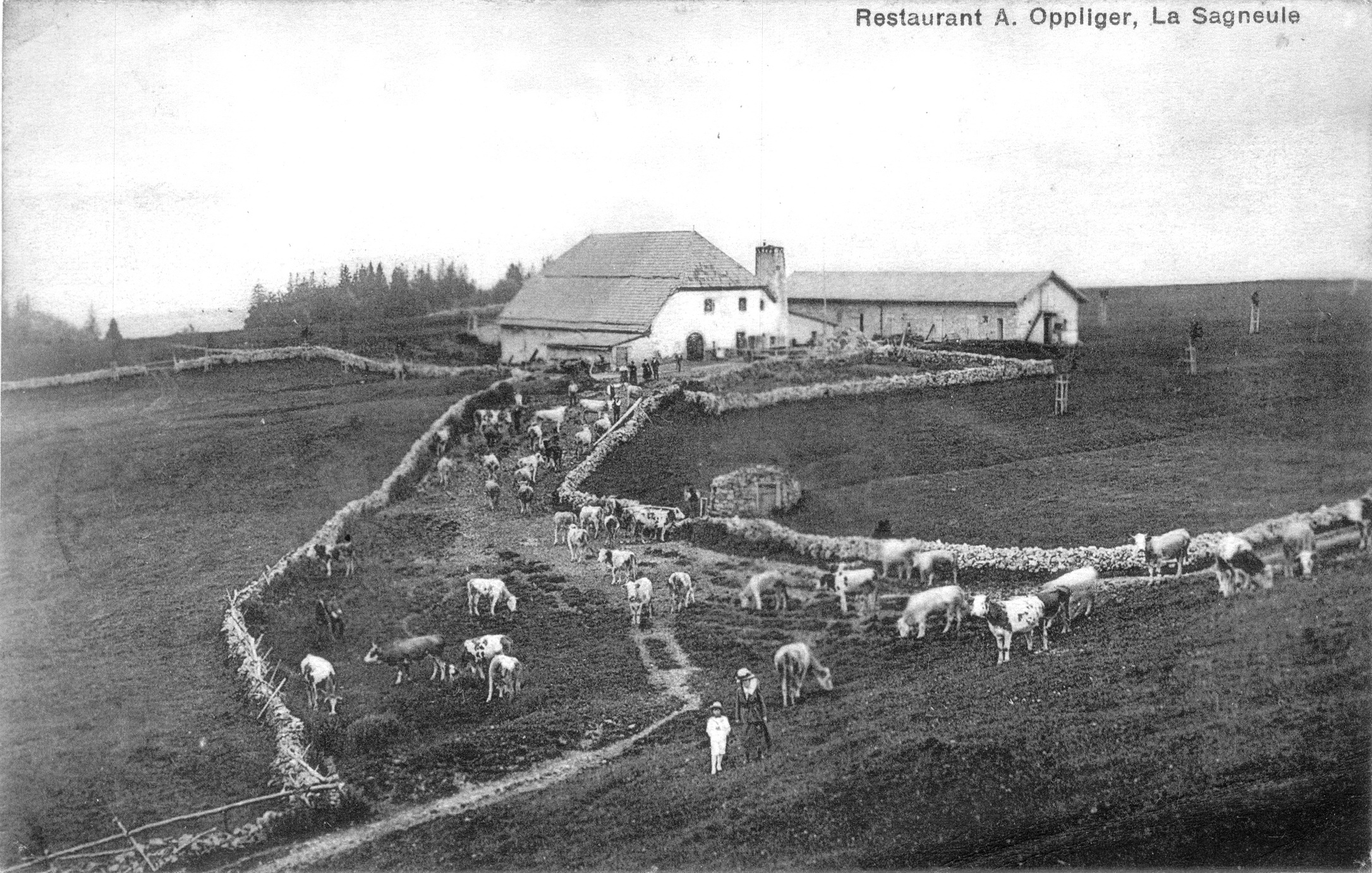From the late Middle Ages, metairies (tenant mountain farms) made up the bulk of the Alpine economy in the Jura Arc region, in particular around the Chasseral. Today, these high-altitude farms still provide summer pastures for cattle while also offering local specialities to passers-by.
Metairies first appeared in what is now Switzerland in the 13th century. A metairie is a farm operating under the metayage system, a form of land tenancy where the owner and farmer each pay half of the expenses and share the harvests. Nowadays, there are nearly 70 metairies around the Chasseral and the mountains in the canton of Neuchâtel, most of which belong to communes and citizens’ communes, farmers, and farmer unions. They are inhabited during the summer grazing season or all year round. Alongside their agricultural activity, many also serve as mountain restaurants for passing hikers.
The establishment of metairies made the most of the natural resources of the mountains and played a key part in the economic development of a remote region with a challenging climate. Over time, metairies came to shape the typical landscape of Jura’s summits with their wooded pastures and drystone walls, and also played a part in the transmission of enduring traditions.


